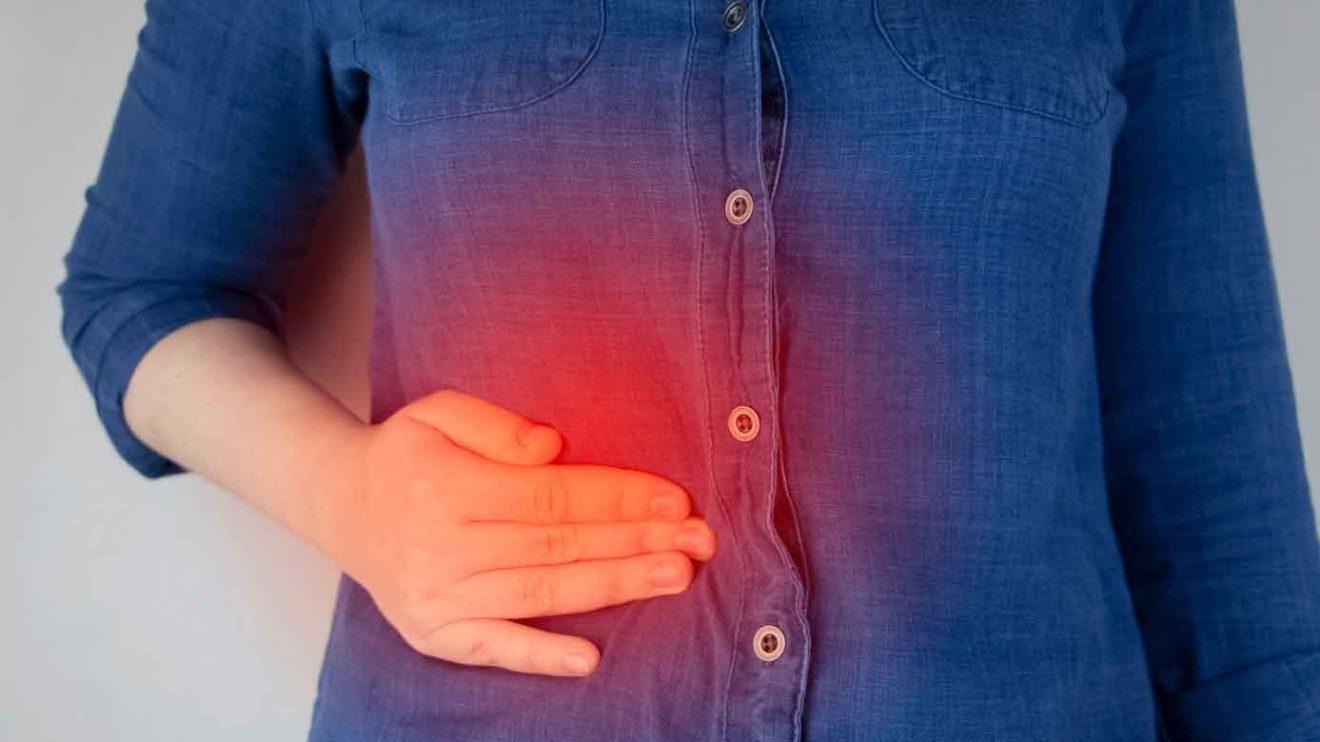The liver is one of the organs in the body, which is located on the right side of the abdomen behind the ribs.
Understanding
The liver is one of the organs in the body, which is located on the right side of the abdomen behind the ribs. The liver is an organ that plays an important role in the digestion of food and the elimination of harmful substances from the body.
Liver disease can be inherited or can be caused by a variety of other factors that can cause damage to the liver, such as a viral infection or excessive alcohol consumption. Obesity is also associated with liver damage.
Over time, liver damage can cause scarring of the liver, known as cirrhosis, which can then lead to liver failure.
Liver Disease Reason
The causes of liver disease can vary, and this depends on the type of liver disease that occurs. Some types of liver disease are:
- Liver infection. Parasites and viruses can cause infection in the liver, which causes inflammation and decreased liver function. Viruses that cause liver damage can be spread through blood or semen, contaminated food or water, or close contact with infected individuals.
- The type of infection that most often occurs in the liver is an infection caused by the hepatitis virus, namely hepatitis A, B, or C.
- Immune system disorders. Autoimmune diseases, in which the body’s immune system attacks certain parts of the body, can also involve the liver. Several types of autoimmune diseases that can occur in the liver are autoimmune hepatitis and primary biliary cirrhosis.
- Genetic liver disease. The presence of abnormal genes inherited from one or both parents can cause a buildup of various types of substances in the liver, which then causes liver damage. Genetic liver diseases can include hemochromatosis, hyperoxaluria, oxalosis, Wilson’s disease, and alpha-1 antitrypsin deficiency.
- Tumor or cancer. Several types of tumors or cancers that can occur in the liver are liver cancer, bile duct cancer, and liver adenomas.
- Other liver diseases. Several other liver diseases that can occur include excessive and prolonged use of alcohol and accumulation of fat in the liver (non-alcoholic fatty liver disease).
Symptom
Signs and symptoms of liver disease can vary, depending on the type of liver disease experienced, the severity of the disease, and various other factors.
Some of the signs and symptoms of liver disease are:
- Skin and eyes that appear yellowish
- Pain and swelling in the abdomen
- Swelling of the feet and ankles
- Itchy feeling on the skin
- Dark urine color
- Stool color that is pale, black, or stool that is accompanied by blood
- Excessive fatigue
- Nausea and vomiting
- Decreased appetite
- Bruises easily appear on the body
In addition, there are also several factors that are associated with an increased risk of liver disease, namely:
- Excessive alcohol consumption
- Use of illegal drugs using shared needles
- Tattoos or body piercing
- Unprotected sex
- Exposure to certain chemicals or toxic substances
- Diabetes
- Obesity
Liver Disease Diagnosis
Determining the cause and degree of liver damage is an important thing to do in order to determine the treatment to be carried out. The doctor will conduct a detailed medical interview, direct physical examination, and certain supporting examinations to determine a possible diagnosis.
Several types of supporting examinations that can be carried out are:
- Blood test. Blood tests such as liver function tests can be done to see the possibility of liver disease. In addition, other blood tests can also be done to assess the presence of specific liver disorders or certain genetic disorders.
- Imaging examination. Ultrasound (USG), computerized tomography (CT), and magnetic resonance imaging (MRI) tests may be done to check for liver damage.
- Network analysis. Taking a tissue sample, known as a biopsy, from the liver can help diagnose liver disease and assess for signs of liver damage if deemed necessary.
Liver biopsies are generally performed using a long, thin needle that is inserted through the skin into the liver to collect a tissue sample. Then, this sample is sent to the laboratory for further analysis.
Handling
Treatment of liver disease depends on the diagnosis of the type of liver disease experienced. In some types of liver disease, lifestyle modifications may be advised. This means limiting alcohol consumption and losing weight if overweight, as part of a program that includes regular monitoring of liver function.
Some other types of liver disease can require medication or surgery. In addition, in liver disease that has caused liver failure, liver transplantation is a type of treatment that can be done.
Prevention
There are several things that can be done to prevent liver disease, including:
- Limit alcohol consumption. Alcohol consumption is recommended to be limited because excessive alcohol consumption is associated with an increased risk of liver disease.
- Avoid dangerous behavior. Dangerous behavior includes unprotected sexual intercourse with multiple partners, using illegal drugs using the same needle, getting tattoos or body piercing with unsterile instruments, and so on.
- Get vaccinated. Hepatitis A and hepatitis B vaccinations can protect against contracting these liver infections.
- Use drugs wisely. Taking medication should only be done according to a doctor’s prescription and at the recommended dosage. In addition, it is also not recommended to consume drugs and alcohol at the same time.
- Avoid contact with body fluids or blood of other individuals. The hepatitis virus can be spread through needle sticks or blood and body fluids of other individuals.
- Keeping your weight stable. Obesity can increase a person’s risk of experiencing non-alcoholic fatty liver disease.












Add Comment